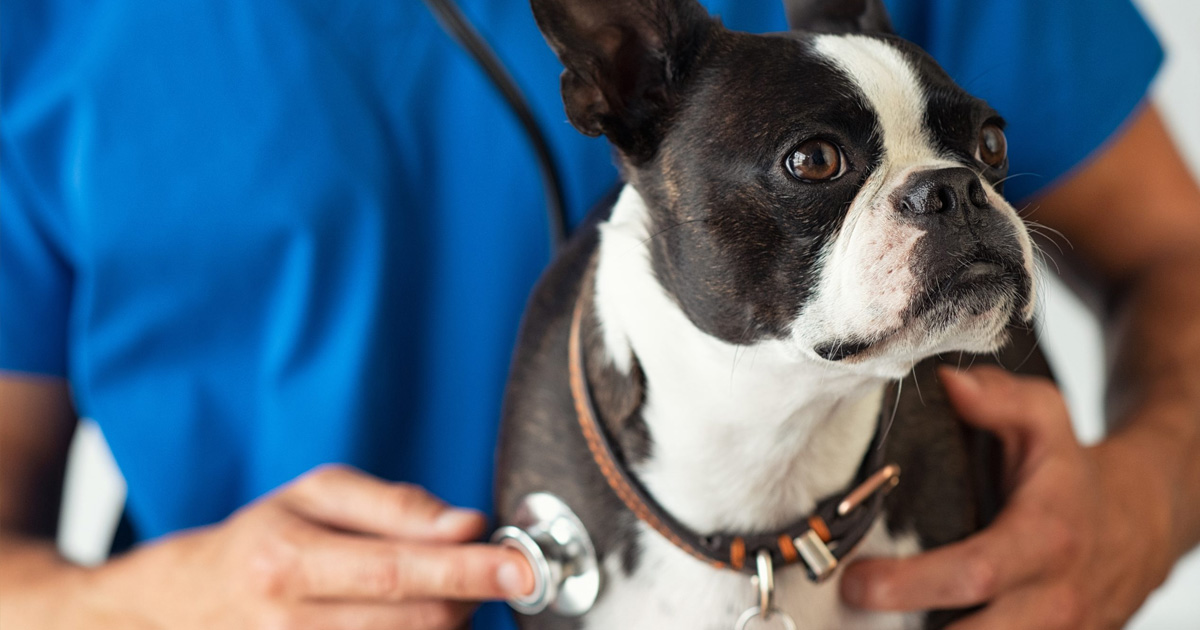Pet Insurance: Peace of Mind from Nose to Tail

Most of us would do anything for our pet. Peanut butter filled kong after obedience training. Yep. Luxury goose down dog bed for Christmas. Absolutely. But would you say “yes” to emergency surgery with the price tag of a luxury watch, and the success rate of a mars rover landing? Could you say yes? Pet insurance gives you the peace of mind and the financial confidence to do whatever it takes save your best friend’s life, no matter the cost. And with a bustling pet insurance marketplace and lots of choices, now is a great time to buy coverage for your pet. But before you do, carefully weigh your options and consider these key points.
Pet Insurance vs. a Pet Wellness Plan
It’s no secret that preventative care like routine physical exams, diagnostic tests, and vaccinations can catch and treat small health issues before they become chronic and costly health problems. And while a pet wellness plan is an excellent investment that saves money, and breaks up the annual cost of preventative care, it’s not the same thing as pet insurance. A wellness plan can lead to more games of fetch at the dog park, but it won’t reimburse you for surgery to remove the tennis ball that Max swallowed there, or a the stitches he needed after that scuffle with the cranky German Shepherd.
Preexisting Conditions
That elbow that once dealt the most fearsome serve at the racquet club is now an achy shadow of it’s former self. And while your insurance company still covers chronic tendonitis, few if any pet health insurance plans will cover your 14 year old cat’s diabetes. Adopting an older pet makes this difficult, or even impossible, but the best way to avoid the preexisting condition limitation is to enroll your pet in an insurance plan while they’re still young –right after their first series of vaccinations.
Pet Insurance Waiting Period
Like your own health insurance policy, you can expect a waiting period before your pet’s insurance policy becomes active. For example, Trupanion has a five day waiting period for injuries, and a 30 day waiting period for illnesses. Injuries or illnesses that occur before these waiting periods have ended would be considered pre-existing conditions and not covered by the plan.
Research and Compare Plans
You chose the health policy with the sky-high deductible because it would be easy on the wallet every month. And you also knew that when you tried to steal third base at the company softball game and limped into urgent care, you might as well leave your insurance card in your wallet. Coverage levels and monthly premiums of pet insurance plans vary much the same way. For example, Nationwide’s Injury Plan pet insurance option covers unexpected injuries like broken bones, for as little as $10 a month. Their comprehensive Major Medical Plan option starts at $25 a month, but provides a larger safety net that covers chronic conditions as well as emergency treatment.
Pet Insurance Reimbursement Policies
Whatever plan you choose, don’t be surprised when they eventually put the kibosh on Chloe’s feline psychotherapy sessions – most pet insurance plans have caps on how much they’ll pay out, and a deductible that must be met before you’re reimbursed. Deductibles can range from $0 to $1000 or more and may be charged per condition, per year, per lifetime, or per body system. And make sure you understand how your plan will reimburse you for Gus’s latest encounter with the UPS truck. Some plans pay a flat percentage of the bill from the vet, while other plans pay what they consider a “usual and customary” fee. If your vet’s ‘customary fees’ and the insurance company’s ‘customary fees’ are way off, you might need treatment for sticker shock when the bill comes.